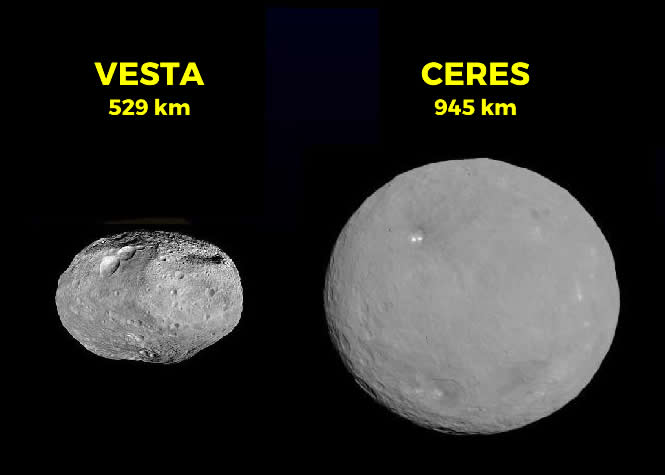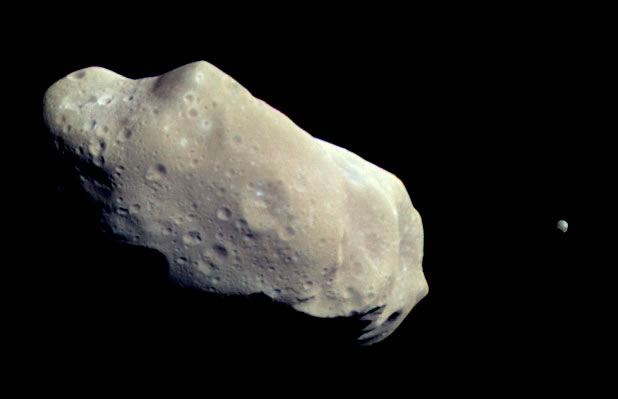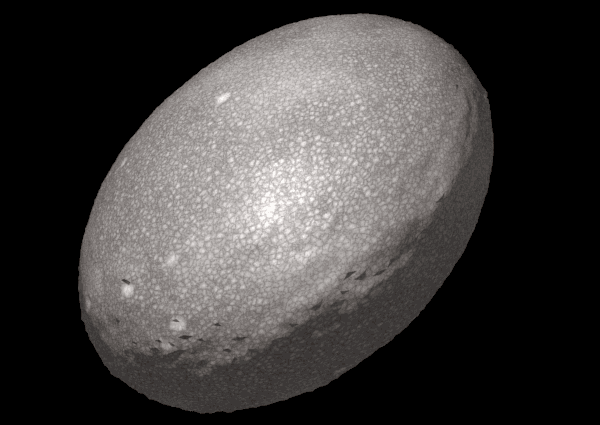Body Shape
12.2 Be able to identify the operation of each of the following interactions in the formation of planets and moons:- b. the interaction between attractive gravitational and elastic forces in determining a body’s spherical or irregular shape
Objects we call planets are round or spherical to be exact. Earth is a technically an oblate spheroid.
Terrestrial objects formed out of the accretion disk left over from the birth of the Sun. Rocks collided and grouped together and for planets and some moons the process continued and they grew hotter and formed a natural sphere which cooled over time.
Smaller objects such as asteroids look as if they were in the early stage of grouping rock and dusts together and have stayed that way since. These did not build enough mass for gravity to act against the elastic forces that comprise the object. This balance helps form the objects, taking on characteristics of their own such as size, mass and composition.
The IAU has definitions for what makes a planet or dwarf planet and one definition is that is has ‘hydrostatic equilibrium’. This means an object is a symmetrically shaped either as a spheroid or ellipsoid.
We can see certain examples in our solar system. Many bodies start to become spherical between 400 to 600km in diameter. Ceres, a dwarf planet is spherical but for either reasons of mass or earlier collision, Vesta did not form the same shape.
Links
Redshift Live Shapes of celestial bodies
Wikipedia - List of gravitationally rounded objects of the Solar System including candidate objects



 | © All Rights Reserved |
| © All Rights Reserved |